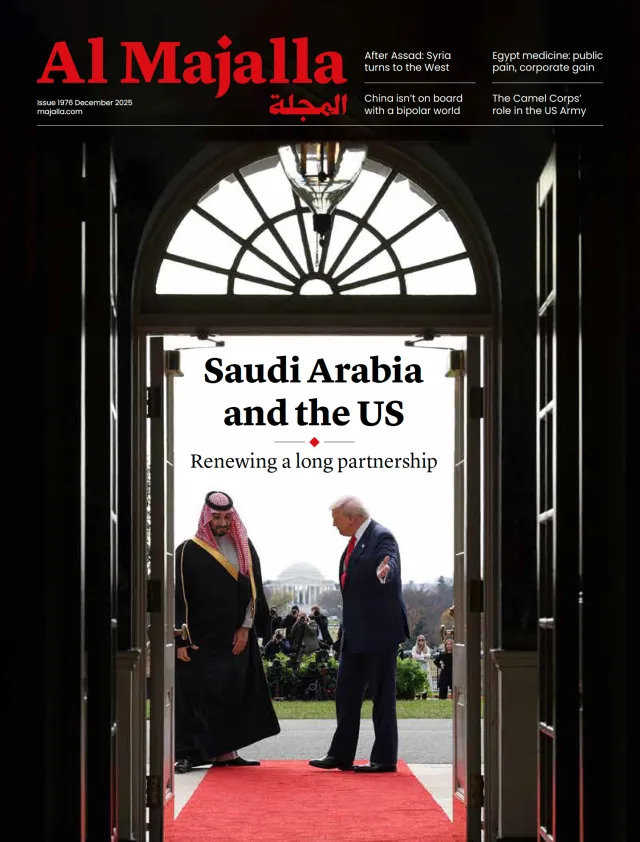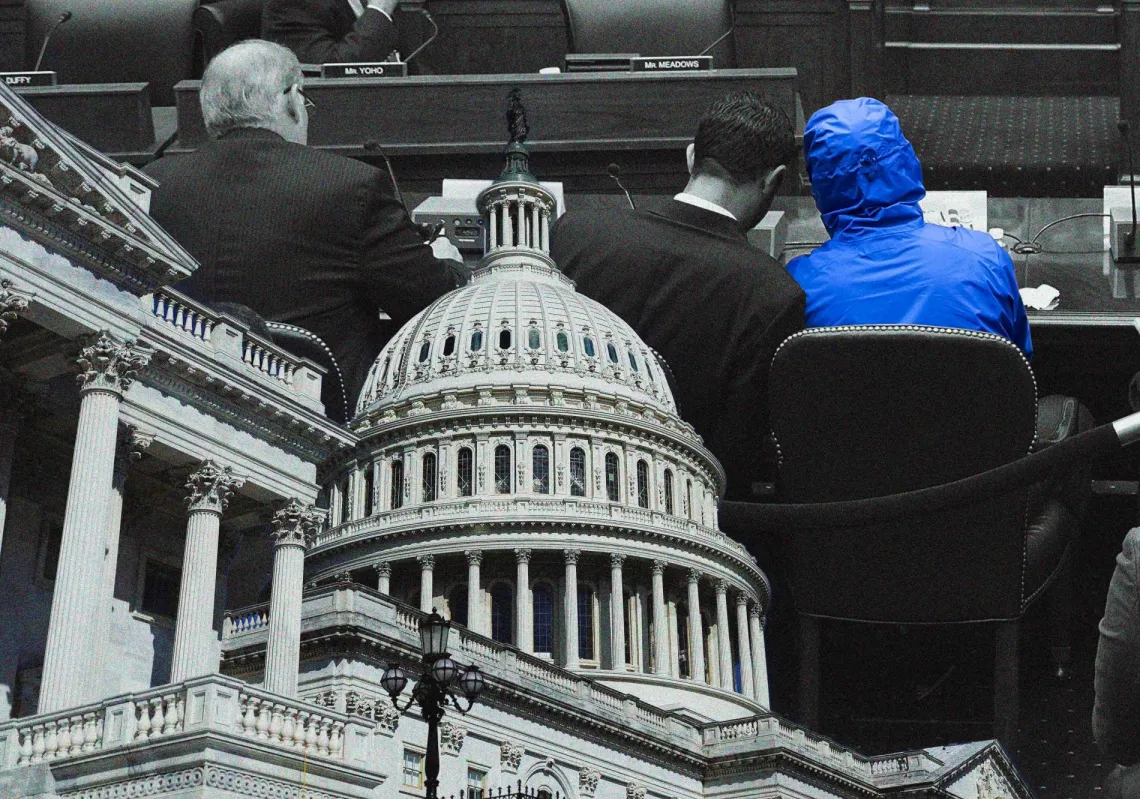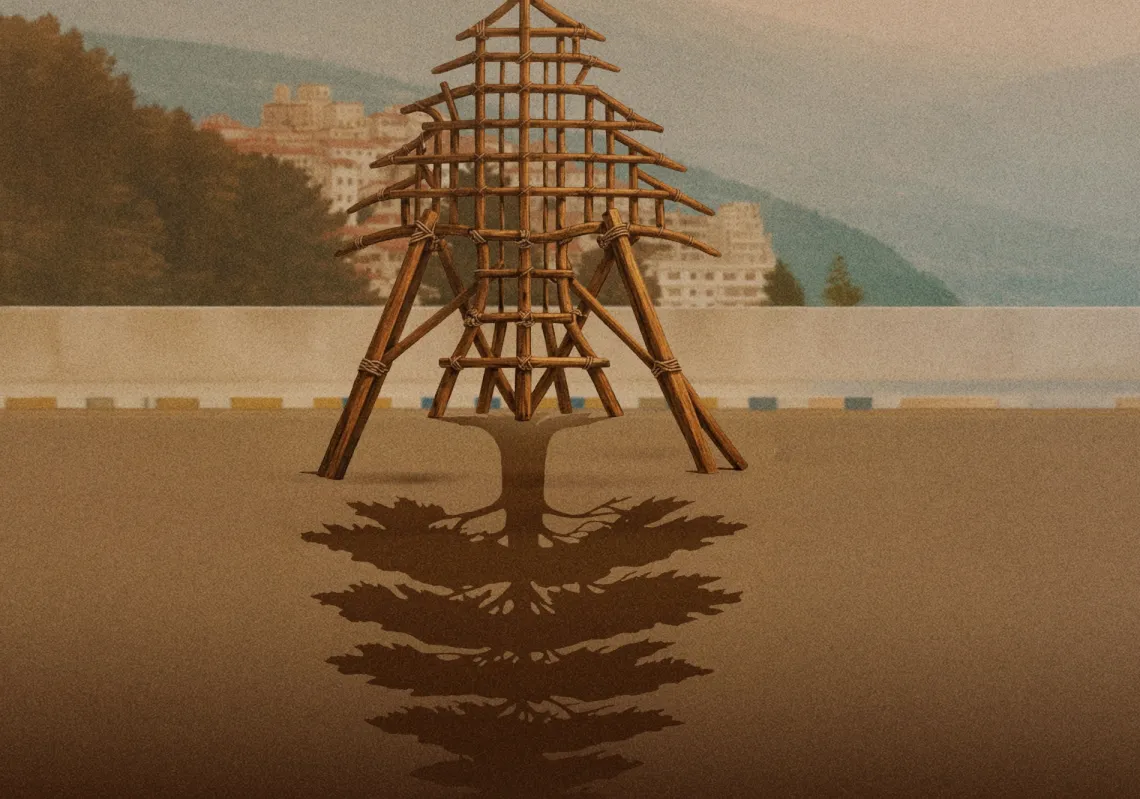US President Donald Trump’s top priority in the Middle East is formulating a strategy for effectively curbing Iran’s nuclear aspirations, which seem to be moving at a rapid pace. He signed a presidential memorandum this week asserting this objective and committing his administration to block the sale of Iranian oil to other countries.
Trump wants to expand the Abraham Accords and push for large US economic investments in the region, but the increasingly urgent Iran nuclear challenge could sabotage each of these pursuits if left unaddressed.
There is a window of opportunity there that Trump cannot miss. Iran today is weaker than at any point in its 46-year history. It lost its only state ally in Syria following the collapse of the Assad regime. Its two main Palestinian and Lebanese partners, Hamas and Hezbollah, respectively, are badly hurt from their recent devastating wars with Israel, and their recoveries are uncertain, putting into question the viability of Iran’s regional militia network.
And Tehran itself has shown serious vulnerability in its economic capacity—high unemployment, budget deficit, rising inflation, lack of foreign currency, and a depreciating rial—and military readiness after the tit-for-tats with Israel last year. If Iran were on the ascendancy years ago, today, it is definitely on the decline.
Not if, but how
The question facing Trump is not whether to further squeeze Iran to make concessions on its nuclear programme; it is how. And this isn’t a new question, of course; it is one successive American presidents have had to wrestle with since the discovery of the Iranian nuclear programme in 2003. The difference now is that Trump is inheriting an Iran problem set that, on the surface, is more manageable than any in the past due to Tehran’s increased relative weakness.














